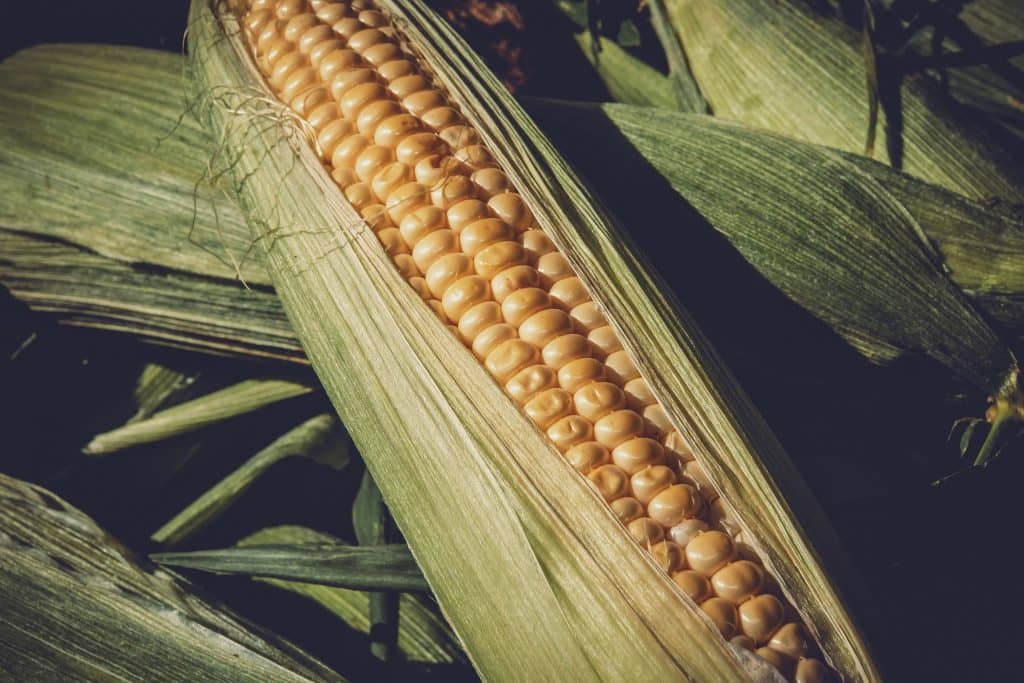Porto Alegre, December 12, 2023 – From now on, the Brazilian market needs to organize price movements concerning the reality of events. The first point is exports, which are quite strong for December and with January still fully open. Moreover, there is the situation of the summer crop, basically without problems in most of the Center-South of Brazil, but with serious concerns in Bahia. Finally, the 2024 crop, which may have planting problems in Mato Grosso and Matopiba if the rain does not return in the coming few weeks. The issue now is not the planting window left by soybeans, but the weather conditions in January and February for planting, in addition, of course, to the 2024 second crop prices, which are unable to “escape” export parity.
The combination of factors at the end of 2023 brought a more intense speculative movement to the domestic market. Three points reinvigorate this speculative condition after a year of abundant production;
– Strong Brazilian exports, already exceeding 52 mln tons. A situation that causes a natural reduction in regional Brazilian domestic supply, despite carryover stocks being more comfortable compared to last year. There is plenty of supply still held by growers;
– The undeniable lack of concern on the part of the national consumer sector with the formation of stocks, following the low corn prices in the second half of the year and in light of the strong volume of exports. At this time, when growers are in no rush to sell, the consumer sector tries to leverage purchases and is the major factor boosting corn prices;
– Poorly measured concern about the Brazilian summer crop. The Center-South continues with its summer crop very close to normal, despite the weather conditions, with the harvest in Rio Grande do Sul expected to begin in January under good productivity conditions. There are really worrying situations in Bahia with the planting interrupted by the lack of rain.
– The beginning of an early climate movement for the 2024 second crop. It is clear that the situation of the second crop in Mato Grosso requires strong attention. There is still a large flow of inputs to be sold for the 2024 second crop. Companies in the sector believe that the seed market has advanced between 50 and 75% so far, but some areas are far behind, such as Minas Gerais and the Matopiba region.
Among all these pieces of information, the first is the condition of exports. China reached 13 mln tons shipped in Brazil this year, until November, surpassing Iran and taking the lead among Brazilian importers. But we still have shipments in December and January to complete this general number, which could be between 15 and 16 mln tons. By reducing purchases from Brazil from January, China leaves the Brazilian market less tense about the export flow. The start of the Argentine crop, in March, will offer an important supply space for the global market, and the pressure on buying Brazilian corn will be lower, even at the start of the 2024 crop.
Brazilian shipments now have 7.3 mln tons scheduled for December, with 1.8 mln tons already shipped. This is the center point of the internal corn uptrend. These volumes, which could be directed to domestic consumers at the end of the year, are finding a flow space through trading companies. The January schedule is 1 mln tons, with the possibility of reaching at least 4 mln tons.
So, the initial reason for the highs at the end of the year is strong exports, information that seems to have been discarded by national consumers. In this still aggressive export environment, but with growers already having corn allocated and in no rush to sell additional volumes, consumers get buying strength and, in the absence of good offers, accept the indicated prices. The high is consolidated.
The other fundamental variable is the price movement on B3 regarding the 2024 second crop. Prices jumped above BRL 71 in the September contract on B3, an expiration date that reflects the Brazilian second crop. However, port prices are unable to surpass the levels of BRL 63/64/65 for September. This detachment occurs as if Brazil was not about to have second crop production and the market needed to maintain high prices to inhibit exports and hold domestic supply.
Well, all this may be possible, but it seems too early. There will be a reduction in area in Mato Grosso and Matopiba. These two production blocs are in surplus, and the most affected by production cuts is exports rather than domestic demand. Of course, we are entering a different year, in which the domestic market will have to be more proactive and compete directly with exporters and inhibit the flow of export demand. The issue is that the prices of the 2024 crop on the physical market do not reflect this situation, they do not rise in the most problematic regions because they follow the export parity that still does not even make BRL 40 viable in Mato Grosso. Input companies need these early highs for the second crop to motivate growers to plant.
Rising movements are normal and should continue to occur in the first half of the year given the obstacle to planting the 2024 second crop, besides the weather conditions in fall and winter, with the weakening of El Nino. However, if domestic prices remain well above export indications, demand will converge toward the United States, Argentina, and Ukraine, reducing Brazilian exports in 2024 and causing stocks to be larger than expected. To get consistent highs, exports will need to be present. The work of national consumers will be to compete with these 2024 exports protecting the domestic supply.
Follow the Safras Agency on our website. Also follow us on our Instagram and Twitter and stay on top of the main agribusiness news!
Copyright 2023 – Grupo CMA

